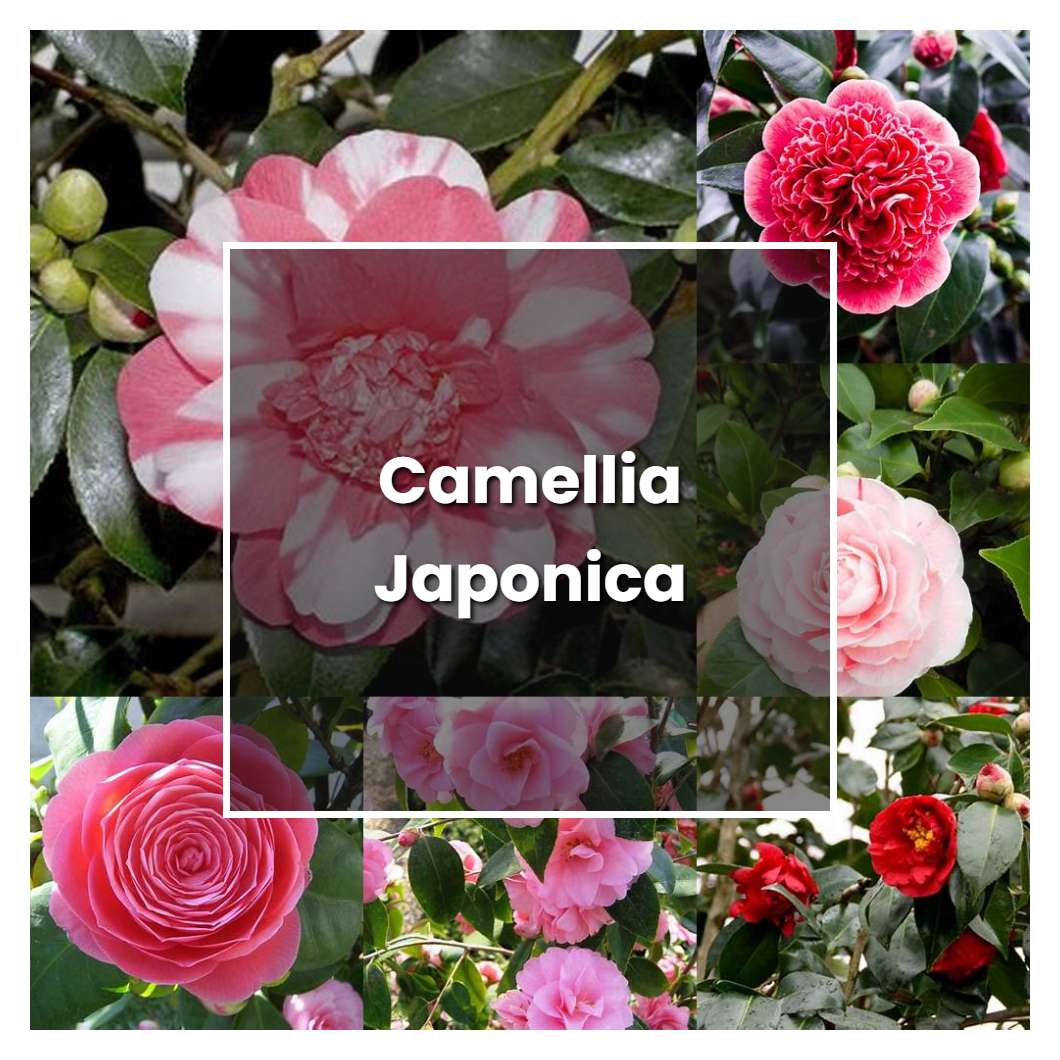Camellia japonica is an evergreen shrub that can grow up to 6m tall. It has dark green, glossy leaves and large, white, fragrant flowers that blooms from Winter to Spring. The camellia japonica plant is native to Japan but is also grown in other parts of Asia, such as China and Korea. It is popular as an ornamental plant and is used in traditional medicine.

Related plant:
Camellia Black Lace
Related plant:
Camellia Flower
About soil condition, Camellia japonica prefers acidic soils with a pH of 5.0 to 6.5, and they will not tolerate alkaline soils. They prefer rich, organic soils that are well-drained but will tolerate some clay content. They will not tolerate wet, poorly-drained soils. If the soil is too alkaline, the leaves will develop chlorosis (yellowing of the leaves with green veins).
Similar to other camellias, the Japonica requires acidic soil with a pH between 5 and 6 to thrive. It also needs plenty of sun to flower well, although some afternoon shade is appreciated in hot summer areas. The plant does best in a protected location, such as near a building, where it is sheltered from strong winds.
The temperature condition that is best for Camellia japonica is cool to cold weather. They can tolerate warm weather but prefer cool to cold weather. They will do best if they are in a location that has some sun in the morning and some shade in the afternoon.
Ideal humidity condition for this plant is 50%. If the humidity drops below 40%, the leaves will start to curl and the plant will become stressed. If the humidity is too high, the leaves will start to turn yellow and drop off.
Mentioning fertilizer, usually the plant that comes to people's minds is flower. Fertilizer is very important to flowers, and camellias are no different. Applying fertilizer to camellias helps ensure bountiful blooms and lush foliage. The best time to fertilize camellias is in early spring, before new growth begins. When applying fertilizer, be sure to use one that is low in nitrogen and higher in phosphorus and potassium, such as an 5-10-10 fertilizer. Also, be sure to apply the fertilizer around the root zone and not on the leaves, as this can burn the leaves.
Pruning is an important part of keeping your camellia japonica healthy and looking its best. Pruning helps to remove any diseased or damaged growth, and also helps to control the shape and size of the plant. When pruning, be sure to use clean, sharp pruning tools to avoid damaging the plant.
Propagation of camellia japonica is best done through softwood cuttings taken from new growth in late spring or early summer. The cuttings should be about 6 inches long and should have 2-3 leaves. Cut just below a node, dip the cutting in rooting hormone, and plant in a pot filled with moistened potting mix. Keep the cutting moist and in a shady location until roots have formed, then transplant to a location with dappled shade.
Usually, the plant growth rate during the spring and summer months. However, some varieties of camellia japonica may have a growth spurt during the fall season. The camellia japonica is a shrub that can reach a height of up to 6 feet and a width of up to 8 feet. The camellia japonica has dark green leaves and white flowers. The flowers of the camellia japonica are very fragrant and they bloom from early spring to late summer.
Common problems for this kind of plant are powdery mildew and root rot. Powdery mildew is a white powdery substance that appears on the leaves and stems of the plant. Root rot is a condition where the roots of the plant are rotted and decaying.
Source:
Camellia japonica - UDBG
Camellia japonica Magnoliaeflora- A Worthwhile Choice
Camellia | Texas Plant Disease Handbook
